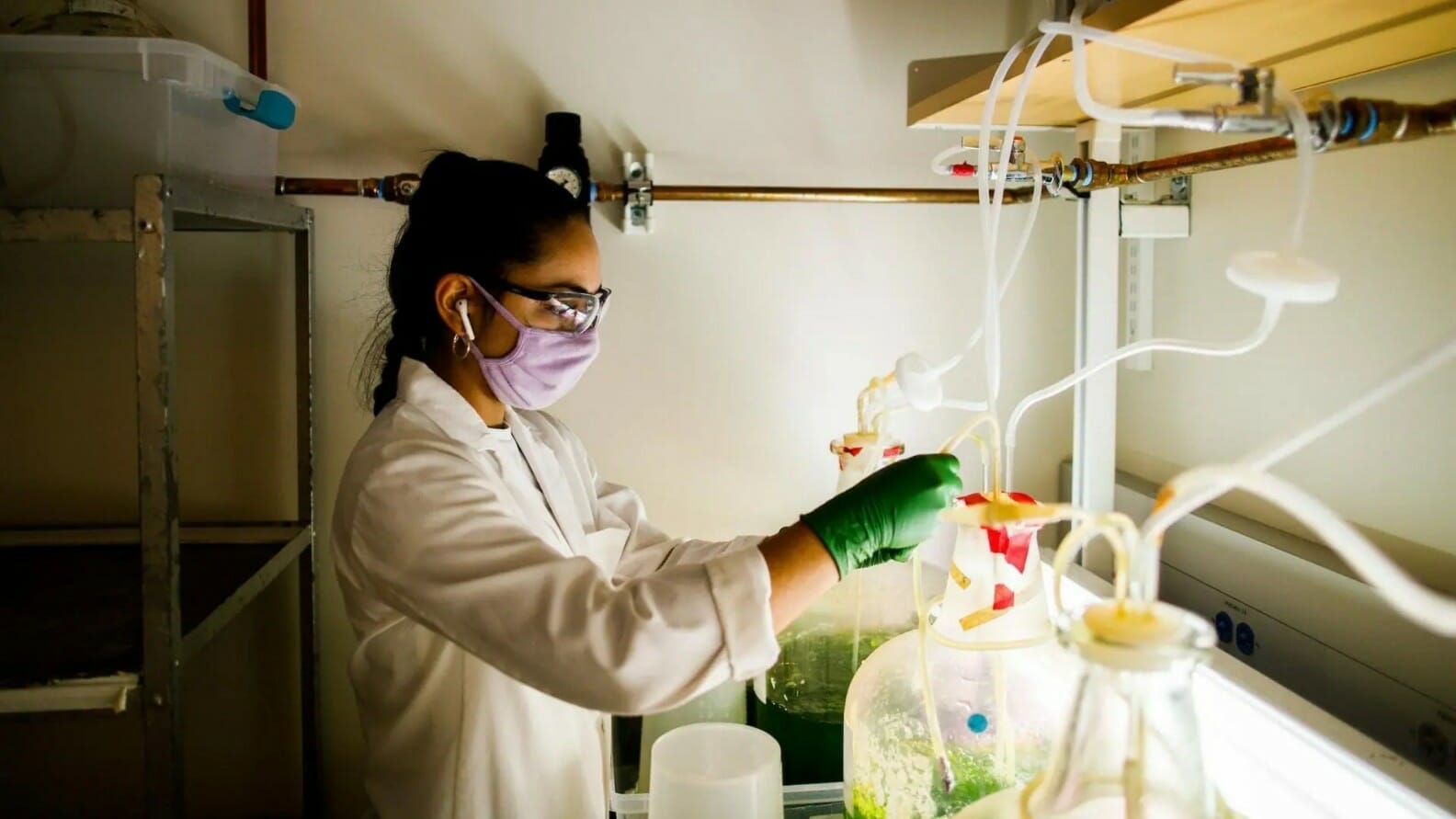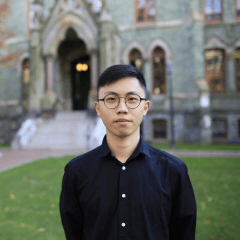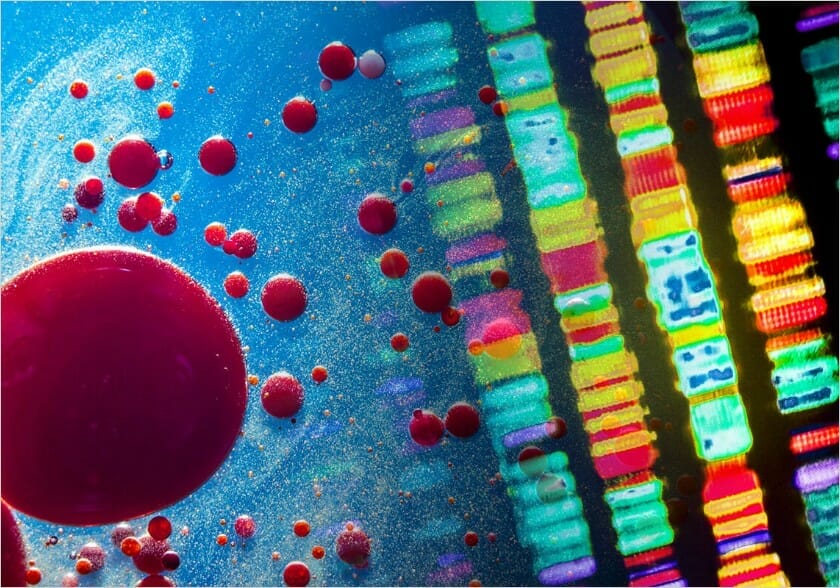Overview

ASU’s new institute focuses on the emergent field of evolutionary cell biology, an area of study that the institute’s principal investigator, Professor Michael Lynch, has helped pioneer. This intensely interdisciplinary undertaking will draw on tools from mathematics, physics, chemistry, biophysics, structural biology, cell biology and evolution.
The National Science Foundation awarded $12.5 million to ASU for the development of a new Biological Integration Institute for Mechanisms of Cellular Evolution. The institute is part of an NSF program that encourages collaborative teams to investigate questions that cross disciplines within and beyond biology.
Contact
Contact for questions about our research, training, collaborations or jobs, please contact:


Biodesign Center for Mechanisms of Evolution
The Center for Mechanisms of Evolution is a unit of the ASU Biodesign Institute and receives funding through the NSF Biological Integration Institute on Mechanisms of Cellular Evolution.
The key to every biological problem must finally be sought in the cell, for every living organism is, or at some time has been, a cell.